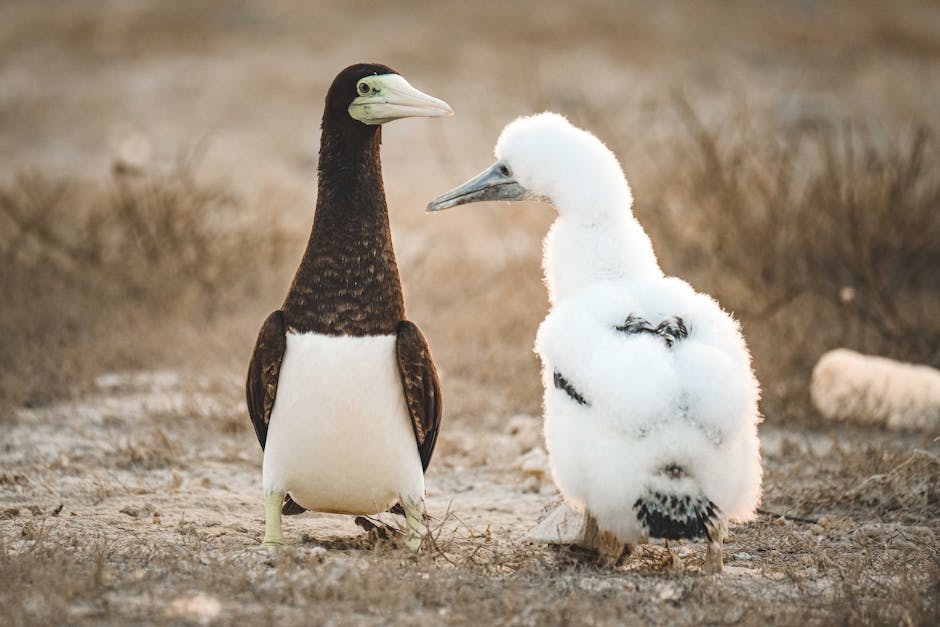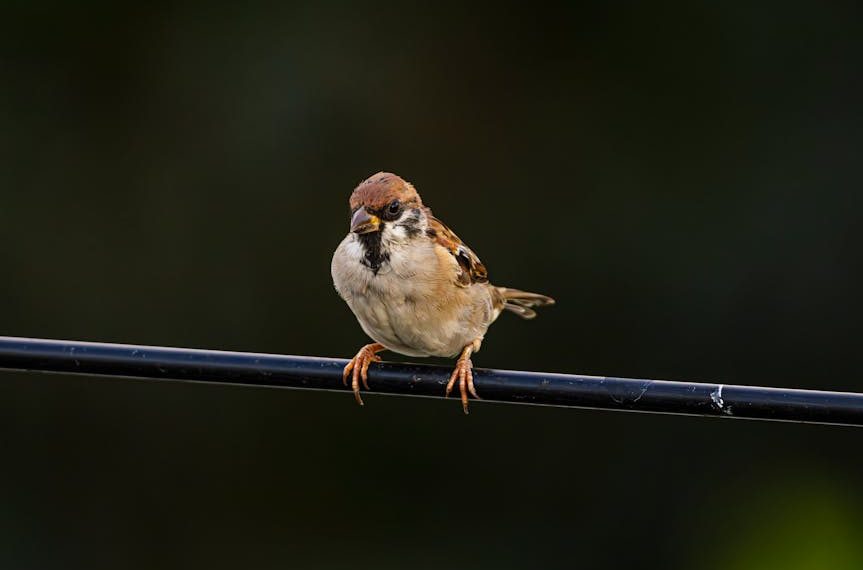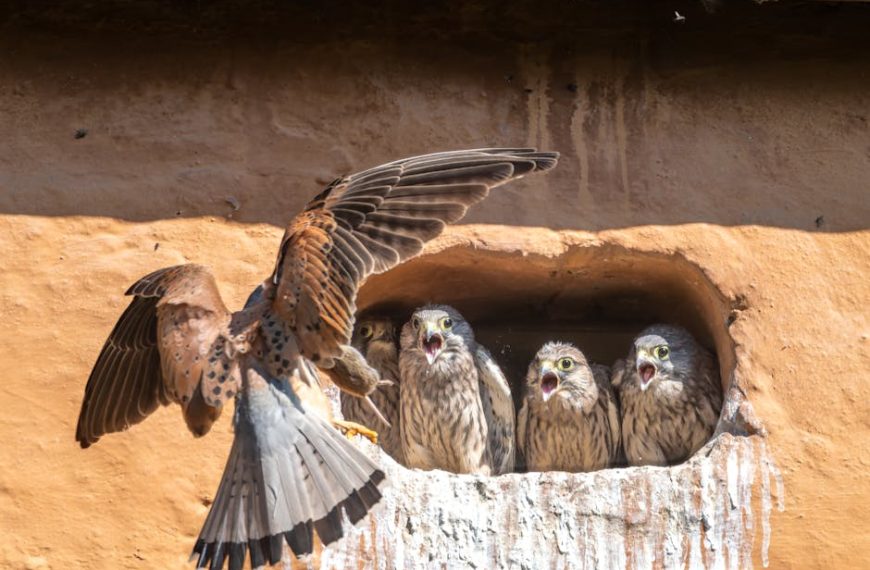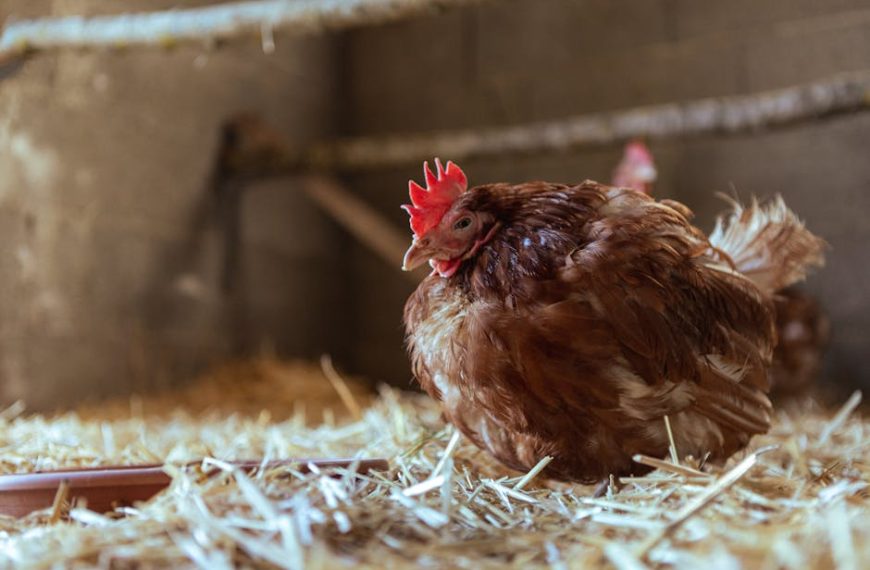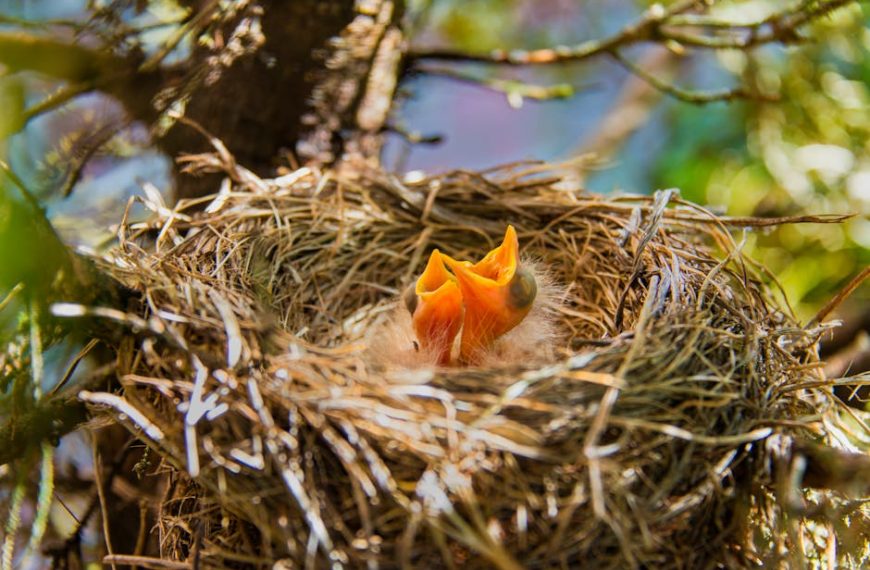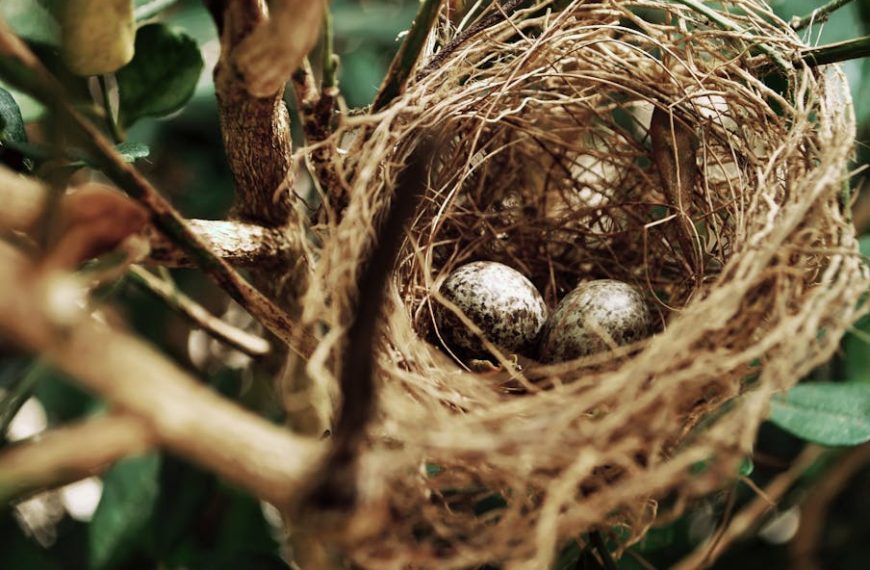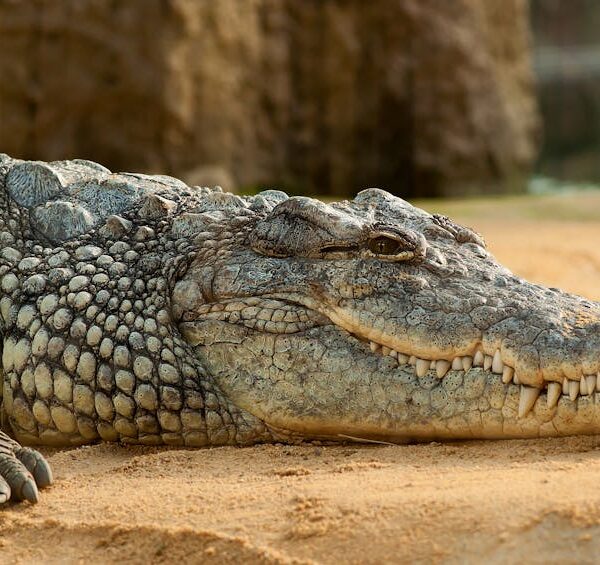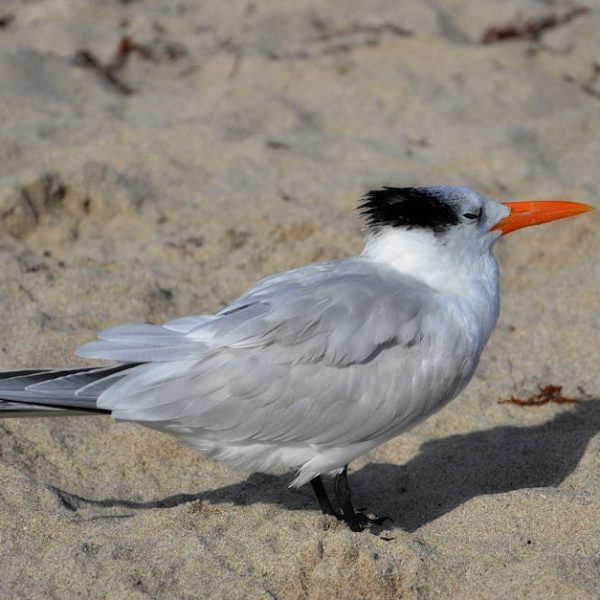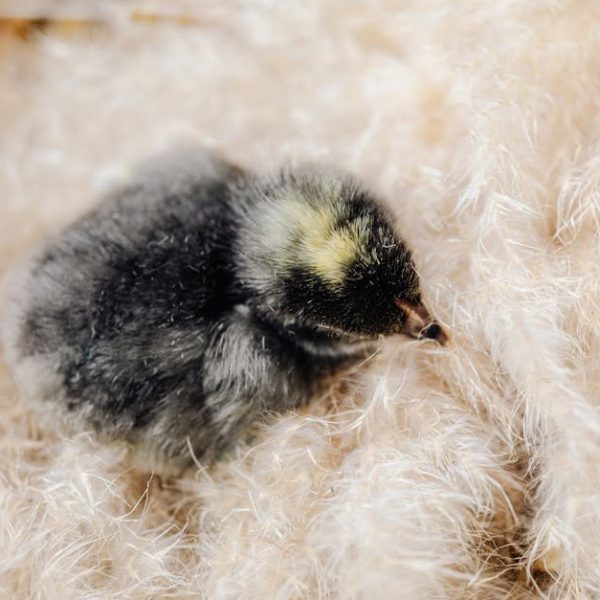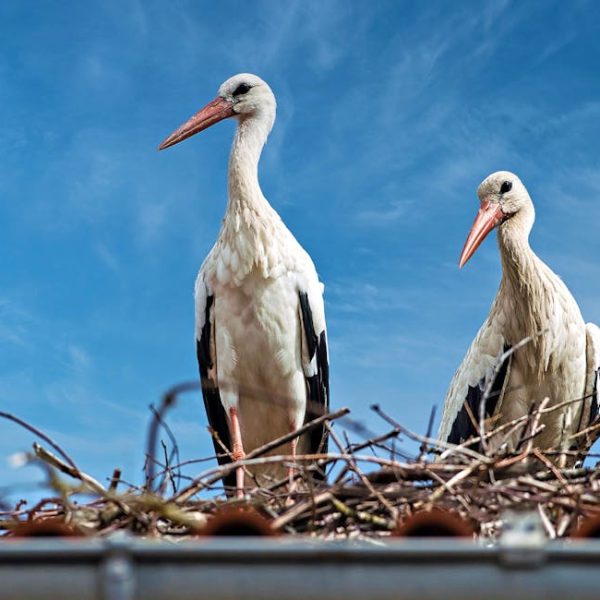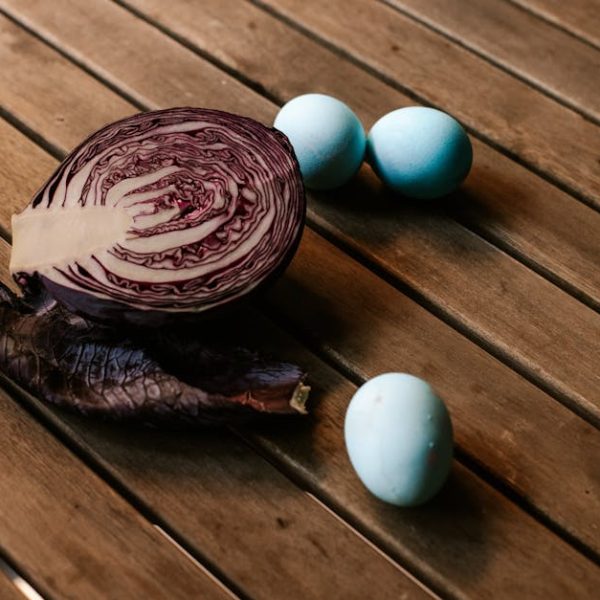The fascinating process of a baby bird learning to fly is something that most of us will have pondered at some time. It’s a journey full of exciting milestones, from the initial nesting stage to the triumphant moment when the young bird takes its very first flight. The timeline can vary greatly between different species, the environmental factors, and the overall health of the bird. This guide aims to shed light on these intriguing stages in a bird’s life, providing insights and helpful tips for bird enthusiasts, birdwatchers, and photographers alike.
The General Timeline: How Long Does It Usually Take?
A myriad of factors determines the timeline of a baby bird’s formation into a fully fledged flyer. Depending on the species, the time can fluctuate. For instance, while baby robins start to venture out of the nest in as little as 13 days, a great albatross might take up to 280 days before its first flight.
- Robins: 13 days
- Chickadees: 10-16 days
- Doves: 11-15 days
- Great Albatross: Up to 280 days
Nesting Stage: When Do They Start Preparing?
The nesting stage is where it all begins. This pre-hatching period sees parent birds busily preparing a safe and comfortable sanctuary for their future brood. Depending on the species and the environment, this can involve building intricate nests in trees, burrowing into the ground, or even using man-made structures.
From a practical perspective, the nesting stage can pose challenges for the parent birds; these primarily revolve around finding materials and picking an ideal location that’s safe from predators and harsh elements.
Development Stage: From Hatching to Flying
After the eggs have hatched, our young avians begin their journey toward flight. This development process can be broken down into key milestones:
- Hatching: Breaking out of the eggshell
- Nestling: Growing and developing in the nest under parental care
- Fledging: Learning to fly and gradually spending more time outside the nest.
Depending on their species, some birds may quickly develop flight skills, while others may take their time. For instance, pigeons typically take about 8 weeks from hatching to become fully independent flyers, while for sparrows it is typically around 2 weeks.
| Pigeons | Sparrows |
|---|---|
| 8 weeks | 2 weeks |
Physical Growth: The Development of Wings and Muscles
Physical growth plays a pivotal role in a bird’s journey to flight. It involves the development and strengthening of muscles, particularly in the wings. Simultaneously, the bird starts growing feathers, significantly enhancing their ability to achieve lift-off and maintain balance in the air.
First Flight: The Jump from the Nest
The moment arrives when the young bird must take the leap and attempt its first flight. This process requires a significant amount of courage and physical readiness. Surprisingly, this step often occurs before the bird’s wings are entirely mature. Hence, early flights are relatively short and low to the ground for safety reasons.
Importance of Juvenile Stage in Learning Flight
The juvenile stage is an essential phase where young birds perfect their flying skills and learn to fend for themselves. Often, during this stage, the parents reduce the frequency of their feeding, encouraging their offspring to find food independently. This period plays a crucial role in shaping the bird’s future survival skills like hunting, avoiding predators, and exploring novel environments.
| Wild Birds | Captive Birds |
|---|---|
| Have to learn survival skills early, developing quicker flight mastery | May develop flight abilities slower, due to lack of survival pressure |
In conclusion, a bird’s journey to flight is a complex process that exhibits an astounding interplay of nature’s intelligence and the bird’s inherent instincts. Understanding this process enriches our appreciation of these incredible creatures and our shared ecosystem. Whether you are an avid birdwatcher or simply love nature, respecting their developmental stages and taking a hands-off approach is key.
Key Takeaway:
- Baby bird’s journey to flight varies greatly among different species and is influenced by a number of factors, including their environment and overall health.
- Each bird progresses through different stages starting from nesting, hatching, physical development to the first flight and juvenile stage.
- Human interaction should remain minimal during these stages to not hinder a baby bird’s growth and development.
- Proper nutrition and regular exercise are crucial for a young bird’s physical development — specifically, muscle strength and feather growth.
- The first flight often happens before a bird’s wings are entirely mature — resulting in short, low-to-the-ground flights.
- Juvenile stage plays a vital role in shaping a bird’s survival skills like foraging and predator evasion.
Your understanding of the stages of bird’s learning flight process will not only fuel your admiration for these incredibly adaptable creatures but also underline the importance of respecting and preserving their natural habitats and growth journey. So the next time you spot a baby bird preparing for its first flight, remember the complex nature of their journey and treasure the moment even more.
FAQs
Q: How can I spot the juvenile stage in a bird’s life?
A: You can spot the juvenile stage by observing behavioral changes such as the young bird’s increasing foraging activities and reduced reliance on parental feeding.
Q: Is it harmful to interfere with a bird’s first few flights?
A: Yes, human interference during the bird’s first flights can lead to unnecessary stress, scare the bird, or even cause injury. It’s best to observe from a distance.
Q: Is there a difference in flight development between wild birds and birds bred in captivity?
A: Yes, typically wild birds develop faster flight abilities due to survival necessity. Birds bred in captivity may develop at a slower pace due to the lack of immediate survival pressure.
Q: How can I support a young bird’s muscle development?
A: If you’re caring for a baby bird, providing an appropriate, species-specific diet is essential. Regular exercise, especially flapping wings, also helps in muscle development.
Q: Does the bird’s environment affect its development?
A: Yes, several environmental factors can influence a bird’s development. Safety from predators, access to food, and weather conditions are just a few examples.
Feel free to share this insightful article with fellow nature lovers and birdwatchers. Explore more posts on our website to deepen your understanding of nature’s wonders and ways we can respect and preserve it.
